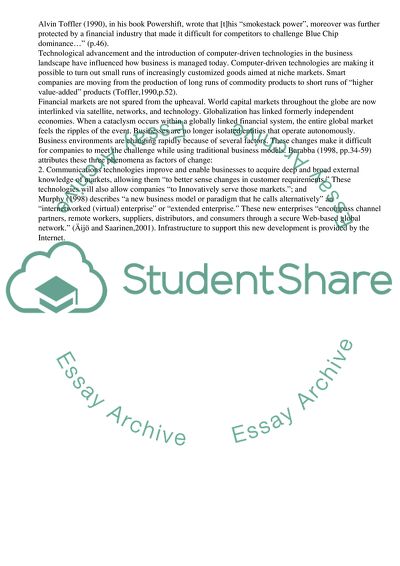Cite this document
(E-Business is Better if Localized Coursework Example | Topics and Well Written Essays - 2500 words, n.d.)
E-Business is Better if Localized Coursework Example | Topics and Well Written Essays - 2500 words. https://studentshare.org/business/1705888-are-e-business-better-off-being-local-because-they-can-never-be-truly-golbal
E-Business is Better if Localized Coursework Example | Topics and Well Written Essays - 2500 words. https://studentshare.org/business/1705888-are-e-business-better-off-being-local-because-they-can-never-be-truly-golbal
(E-Business Is Better If Localized Coursework Example | Topics and Well Written Essays - 2500 Words)
E-Business Is Better If Localized Coursework Example | Topics and Well Written Essays - 2500 Words. https://studentshare.org/business/1705888-are-e-business-better-off-being-local-because-they-can-never-be-truly-golbal.
E-Business Is Better If Localized Coursework Example | Topics and Well Written Essays - 2500 Words. https://studentshare.org/business/1705888-are-e-business-better-off-being-local-because-they-can-never-be-truly-golbal.
“E-Business Is Better If Localized Coursework Example | Topics and Well Written Essays - 2500 Words”. https://studentshare.org/business/1705888-are-e-business-better-off-being-local-because-they-can-never-be-truly-golbal.


